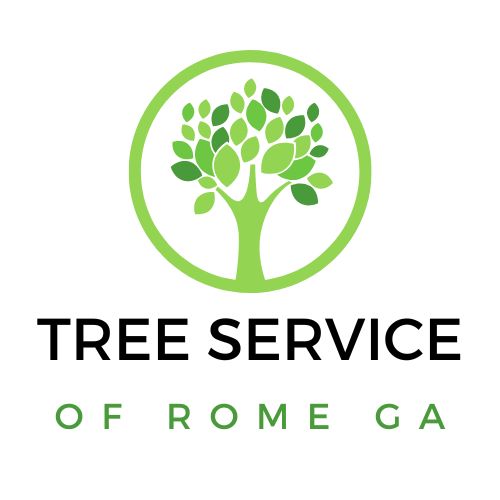Maintaining the health and beauty of your trees is a vital aspect of responsible landscaping. One key practice in tree care is pruning, which involves selectively removing branches and growth to improve the tree’s structure, health, and appearance. However, not all trees are the same, and pruning techniques must be adapted to suit each tree’s unique characteristics. In this blog, we will explore the art of tree pruning for different types of trees and why it’s crucial to hire a professional for the task.
-
Deciduous Trees
Deciduous trees, which shed their leaves in the fall, benefit from pruning during their dormant season. This period, typically late winter or early spring, allows the tree to heal more efficiently. When pruning deciduous trees:
- Remove dead, diseased, or damaged branches: This encourages healthy new growth and reduces the risk of disease spreading.
- Thin the canopy: Thinning reduces the density of branches, improving air circulation and allowing sunlight to penetrate, which is especially important for fruit-bearing trees.
- Shape the tree: Pruning can help create a balanced and aesthetically pleasing shape while removing any crossing or rubbing branches.
-
Evergreen Trees
Evergreen trees retain their foliage year-round and should be pruned during their dormant season, which is usually late winter or early spring. Proper pruning of evergreens includes:
- Removal of dead or diseased branches: This encourages new growth and prevents the spread of diseases.
- Thinning the canopy: Similar to deciduous trees, thinning improves air circulation and light penetration.
- Maintaining shape: Evergreens can be pruned to maintain their natural shape while ensuring they don’t become top-heavy or lopsided.
-
Fruit Trees
Fruit trees require special attention to maximize fruit production and maintain healthy growth. Proper pruning of fruit trees includes:
- Thinning out crowded branches: Overcrowded branches can reduce airflow and sunlight exposure, leading to disease and poor fruit development.
- Remove water sprouts and suckers: These are vigorous, vertical shoots that divert energy away from fruit production.
- Pruning for size control: Controlling the height and spread of the tree can make it easier to harvest fruit and maintain the tree’s overall health.
-
Ornamental Trees
Ornamental trees are valued for their aesthetic appeal, and pruning is essential to maintaining their beauty. When pruning ornamental trees:
- Focus on shape and form: Prune to enhance the tree’s natural shape and remove any dead or unsightly growth.
- Remove diseased or pest-infested branches: Prompt removal of problem branches can prevent the issue from spreading.
- Avoid excessive pruning: Over-pruning can stress ornamental trees, so it’s crucial to strike a balance between maintaining their appearance and preserving their health.
-
Shade Trees
Shade trees provide valuable shade and aesthetic appeal to your property. Proper pruning for shade trees involves:
- Thinning the canopy: Like other tree types, thinning improves airflow and light penetration.
- Raise the canopy: Remove lower branches to provide clearance for structures, vehicles, and pedestrian traffic.
- Trimming deadwood: Regularly inspect and trim dead or hazardous branches to prevent accidents and property damage.
-
Conifers
Conifers are a diverse group of evergreen trees that require specific pruning techniques.
- Avoid cutting into old wood: Prune conifers when they are young to shape them, but avoid heavy pruning of older branches.
- Remove dead or diseased branches: As with other trees, this prevents disease spread and encourages healthy growth.
- Maintain natural form: Conifers often have unique shapes and growth habits. Pruning should aim to enhance these natural features.
-
Flowering Trees
Flowering trees add beauty and color to your landscape. Proper pruning is essential to encourage robust blooming:
- Prune after flowering: Flowering trees should be pruned after they have finished blooming to avoid cutting off next year’s flower buds.
- Selective pruning: Carefully remove dead or damaged branches and any that disrupt the tree’s shape.
Why Professional Pruning Matters
While the principles of tree pruning may seem straightforward, it’s important to emphasize the value of hiring a professional arborist or tree service for this task. Here are several reasons why professional pruning is crucial:
- Knowledge and Expertise: Professionals understand the specific needs and growth patterns of different tree species, ensuring that pruning is done correctly.
- Safety: Tree pruning can be hazardous, especially when working with tall or mature trees. Professionals have the training, equipment, and safety measures in place to prevent accidents.
- Disease Control: Professionals can identify and address diseases or infestations during pruning, preventing their spread to other trees.
- Aesthetic Considerations: Professionals can maintain the beauty and shape of your trees while preserving their health.
- Property Protection: Professionals can prune trees away from structures, power lines, and other potential hazards, protecting your property.
- Laws and Regulations: Some areas have regulations regarding tree pruning and removal. Professionals are familiar with these regulations and can ensure compliance.
Conclusion
Tree pruning is an essential part of tree care, but it’s not a one-size-fits-all task. Different types of trees require specific pruning techniques to thrive. Hiring a professional arborist or tree service ensures that your trees receive the right care, promoting their health, beauty, and longevity while safeguarding your property and the safety of all those around them. So, if you value the trees on your property, don’t hesitate to seek professional pruning services to keep them at their best.

